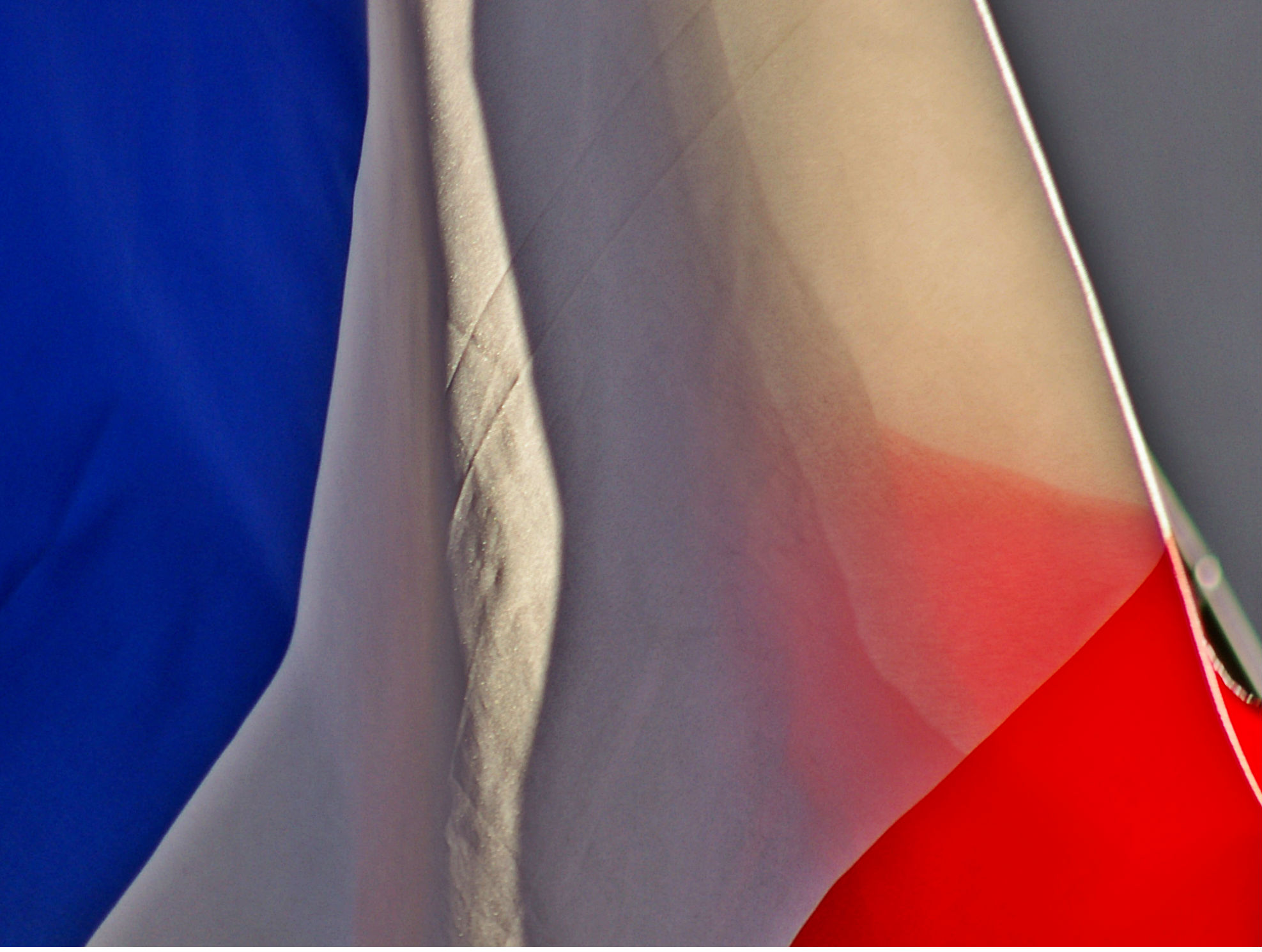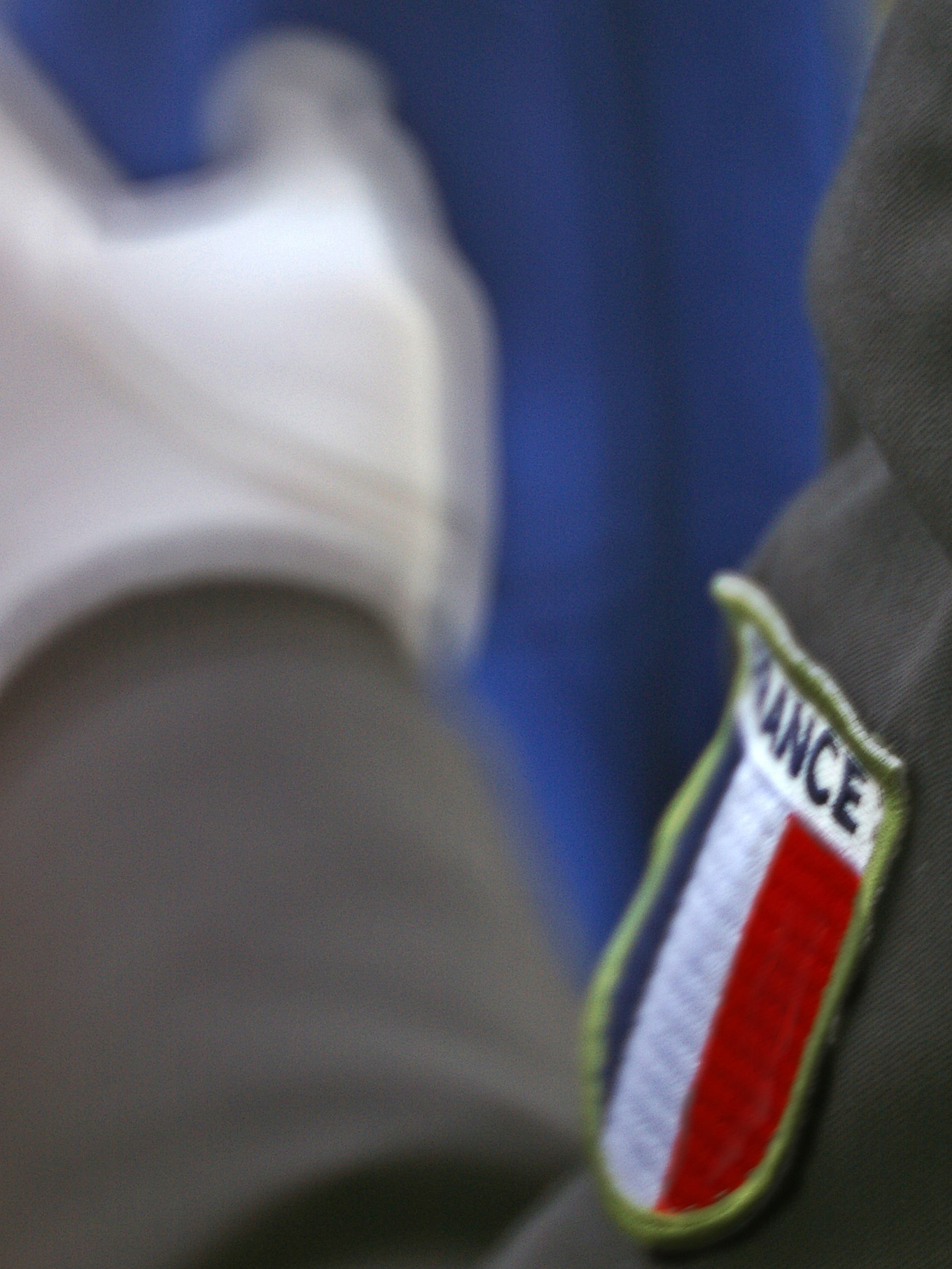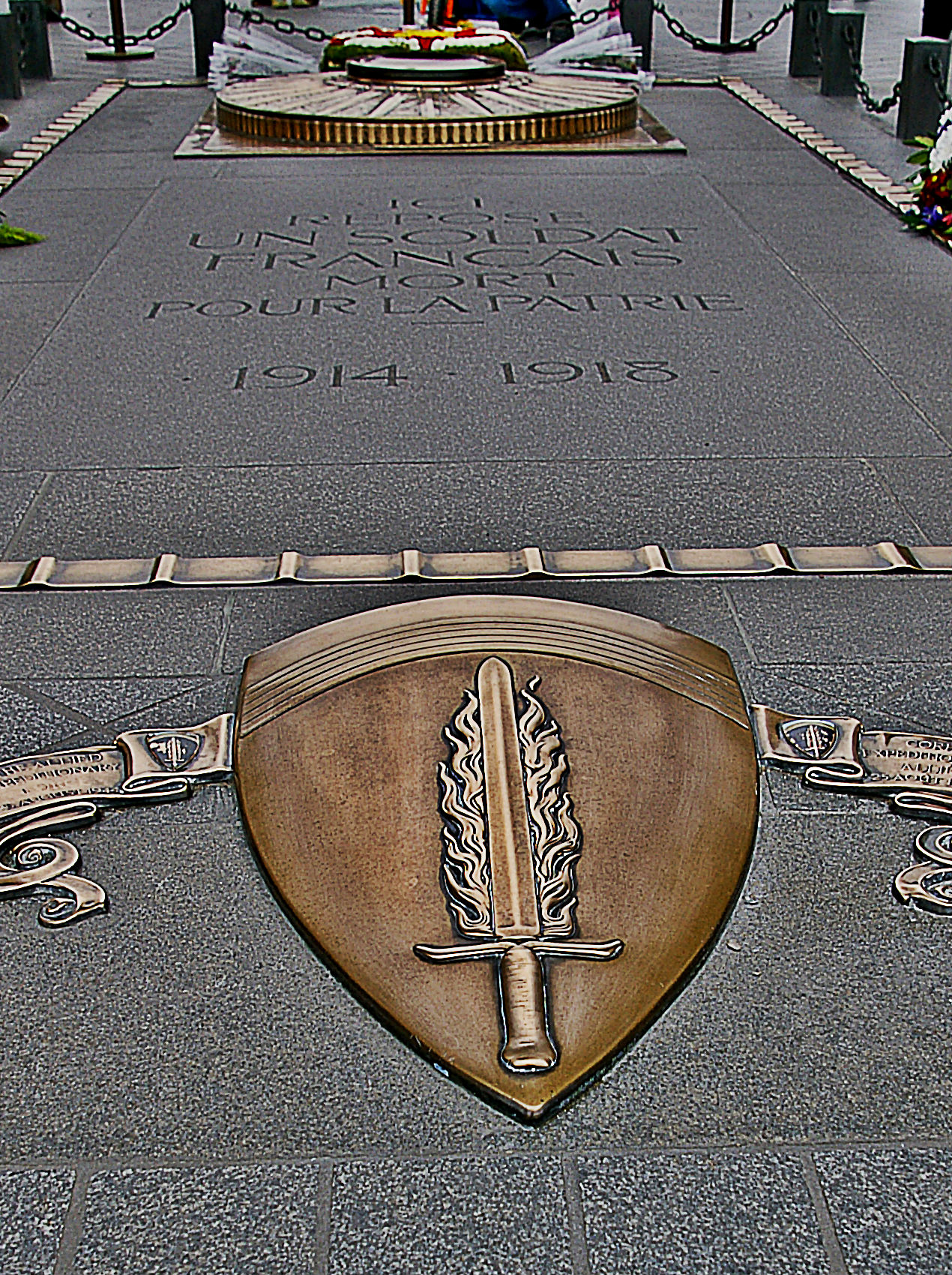2419D
Not a very inspiring title I know.
It’s the number of a 1913 railway carriage in a white stone building on the edge of a leafy glade in Compiègne, near Paris.
Made of dark wood with brass fittings, the carriage stands enshrined in its ‘carriage-house’ like a ship in a dry dock, far from the railway tracks.
But why is it there?
By the autumn of 1918, with an allied blockade biting deep into the civilian population and her troops being forced back towards the homeland, Germany was in a dire position. She sought an honourable armistice that would (hopefully) stabilise the government and stop the revolution that threatened.
In early November 1918 a politician, a diplomat, a soldier and a naval captain set out to negotiate an end to four years of destructive warfare.
After a difficult journey from Germany to Belgium and into France (latterly with a French escort who took them through the most devastated areas) they arrived at Tergnier in Picardy. There they boarded Napoleon III’s private train for an undisclosed location.
Earlier, the chief engineer of the Nord railway, M. Arthur-Pierre Toubeau had been asked by the French government to find a discrete location where two trains could be accommodated parallel to each other. He suggested a clearing in the Forest of Rethondes, near Compiègne where an emplacement had been built for huge railway guns.
And so on the morning of 8th November 1918 the German delegation felt their train stop and, looking through the windows, saw another train about a hundred metres away – that of Supreme Commander Allied Armies, Ferdinand Foch.
Over the next three days Foch and his team of senior allied commanders imposed armistice terms designed never to allow Germany to threaten France again.
Although the fighting stopped on 11th November (henceforth celebrated as Armistice Day) it took a further six months for a peace agreement to be signed in the Hall of Mirrors at Versailles. The resulting war reparations crippled Germany.
The railway carriage went back into service with the Compagnie des Wagons-Lits, before being attached to the Presidential train. Between 1921 and 1927 it was exhibited at Les Invalides until moved to a specially constructed stone ‘carriage house’.
In 1940 France fell to a new German army and Hitler wanted to humiliate the French nation – much as Foch had wanted to do to Germany two decades earlier. Hitler had the railway car broken out of the carriage house and moved to the exact same spot where Foch’s train had stood.
On 22nd June 1940, he sat where Foch had and listened as the surrender terms were delivered to the French representatives. When the French agreed to sign, Hitler curtly left - posing only for a quick photograph - exactly as Foch had done.
Shortly afterwards he ordered the complete destruction of the site and the memorials around it. Strangely, only Foch’s statue was allowed to remain.
The railway carriage was sent to Berlin along with a memorial to Alsace-Lorraine and a huge inscription citing the ‘criminal pride of the German Empire’, where it was exhibited in the Lustgarten (Pleasure Garden) until 1943. After Germany’s surrender the stones were discovered and returned.
But what of 2419D?
As the bombing of Berlin intensified it was moved to Crawinkel in central Germany. Here its SS guards, under orders not to let it fall into Allied hands, blew it up and buried the pieces.
Restoration of the site was completed in 1950 and a sister railway car from the same batch (2439D) was renumbered and placed in the restored carriage building.
This article was kindly written by one of the readers of my blog, Richard Maddox. Richard brings to us his knowledge and his youth-like enthusiasm, and we hope to enjoy more of his well considered articles on important historical matters through Europe and France. If you don't want to miss his articles make sure you "subscribe" to this blog - which means you'll get emailed the latest articles that are published!




